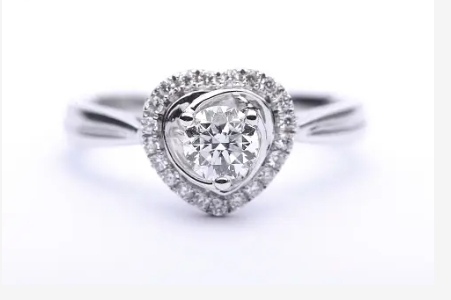Healing Belly Button Piercing vs Infected – A Detailed Guide
The Navel Gazer's Dilemma: Healing Belly Button Piercing or Infected Nightmare?
You took the plunge and got your belly button pierced - the ultimate accessory for flaunting that toned midriff. But now, a few weeks in, things aren't looking quite as adorable as you hoped. Is this just the normal healing process, or are you dealing with an infected piercing situation?
Let's explore the telltale signs to figure out whether you're on track or need to seek treatment, stat. Being clueless about belly button healing can lead to some gnarly consequences, so listen up!
The Healing Belly Button Piercing A fresh belly button piercing is essentially an open wound, so some discharge, swelling, and tenderness is par for the course in the first few weeks and months. When things are healing normally, you may notice:
- A translucent or whitish-yellow crusty discharge (ew, we know) forming around the piercing entrance and exit holes. This is just lymph fluid that's dried up - your body's awesomely gross way of trying to heal itself.
- Some pinkish or reddish skin immediately around the piercing site. A little redness and minor swelling is expected as the piercing stabilizes.
- A slight dull ache or mild throbbing pain, especially when the area is bumped or the jewelry is tapped. The nerves are all "Hey, you stuck a hole through me!"
While it's not cute, this is all part of the healing process. Patience, diligent cleaning, and leaving that new piercing alone besides those two tasks is key. With time and care, the crusty discharge and other icky stuff should subside.
The Infected Belly Button Piercing On the other hand, if you notice some of these lovely symptoms, you may have an infected piercing on your hands (or rather, tummy):
- Excessive swelling that extends beyond the immediate piercing area and is red, hard, and warm to the touch. This is the unmistakable sign of infection.
- Greenish or yellowish pus leaking from the piercing. While a little whitish discharge is okay, any discolored pus is bad news.
- Red streaks radiating out from the piercing. Those red lines signal infectious spread - yikes!
- Intense throbbing, burning pain that doesn't let up. A painful piercing is no fun.
- Foul odor coming from the piercing site. Infections have a distinctly unpleasant smell you can't miss.
- Nausea, fever, chills, or other flu-like symptoms signaling an overly active immune response.
An infected piercing needs prompt treatment to avoid things like abscesses and scarring. Don't mess around - head to your piercer or doctor at the first warning signs.
The Moral of the Story? Getting a new piercing involves an open wound that needs time to heal properly. A bit of discharge, mild swelling, and some tenderness is normal at first. But if you experience excessive swelling, leaking pus, increasing pain, or other worrisome symptoms, that's likely a raging infection that needs medical attention ASAP.
Listen to your belly (button) and get prompt treatment if things seem amiss. With proper care and patience, you'll soon be rocking an adorable navel piercing!


.png)
.png)
Comments
Post a Comment